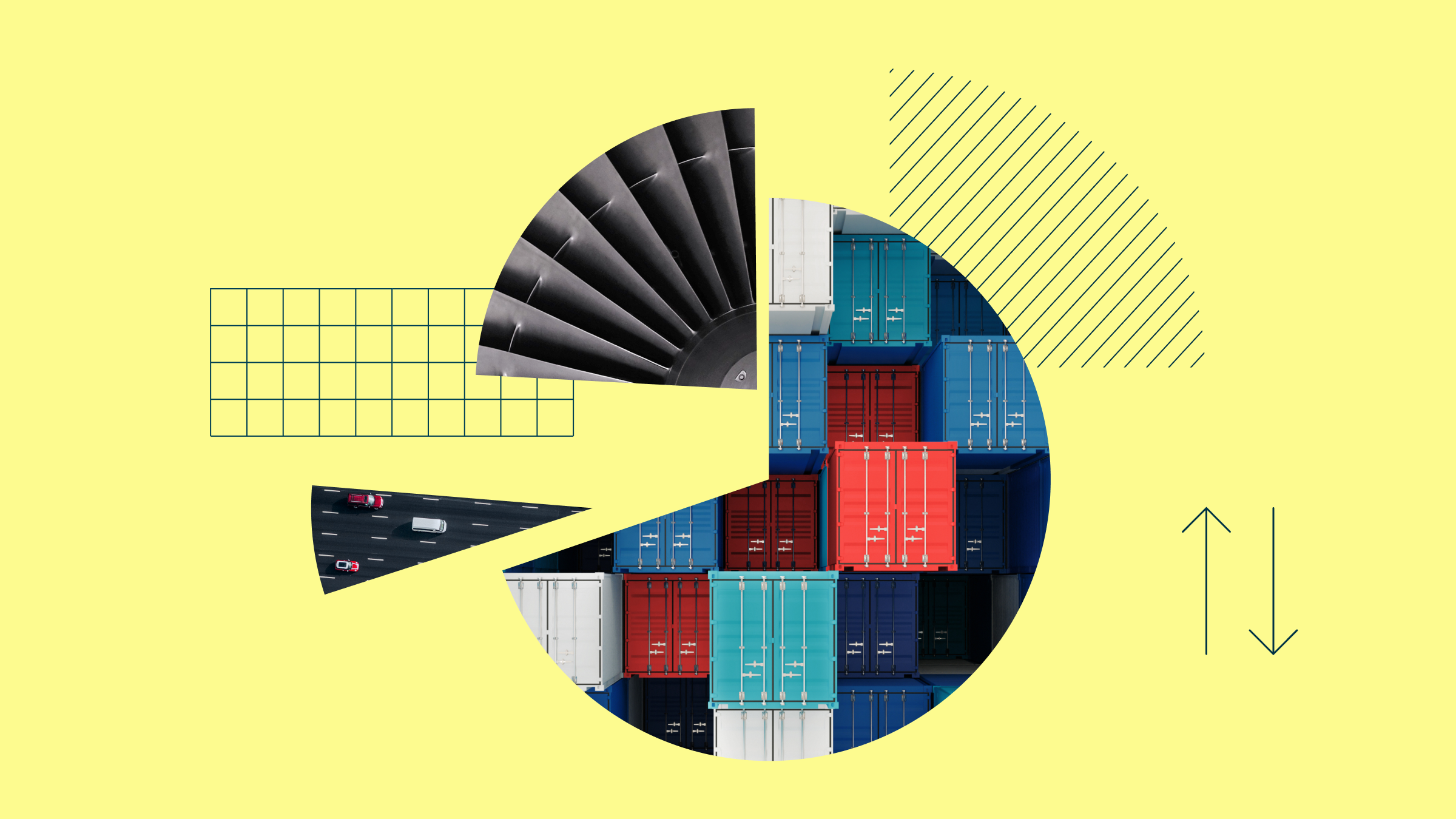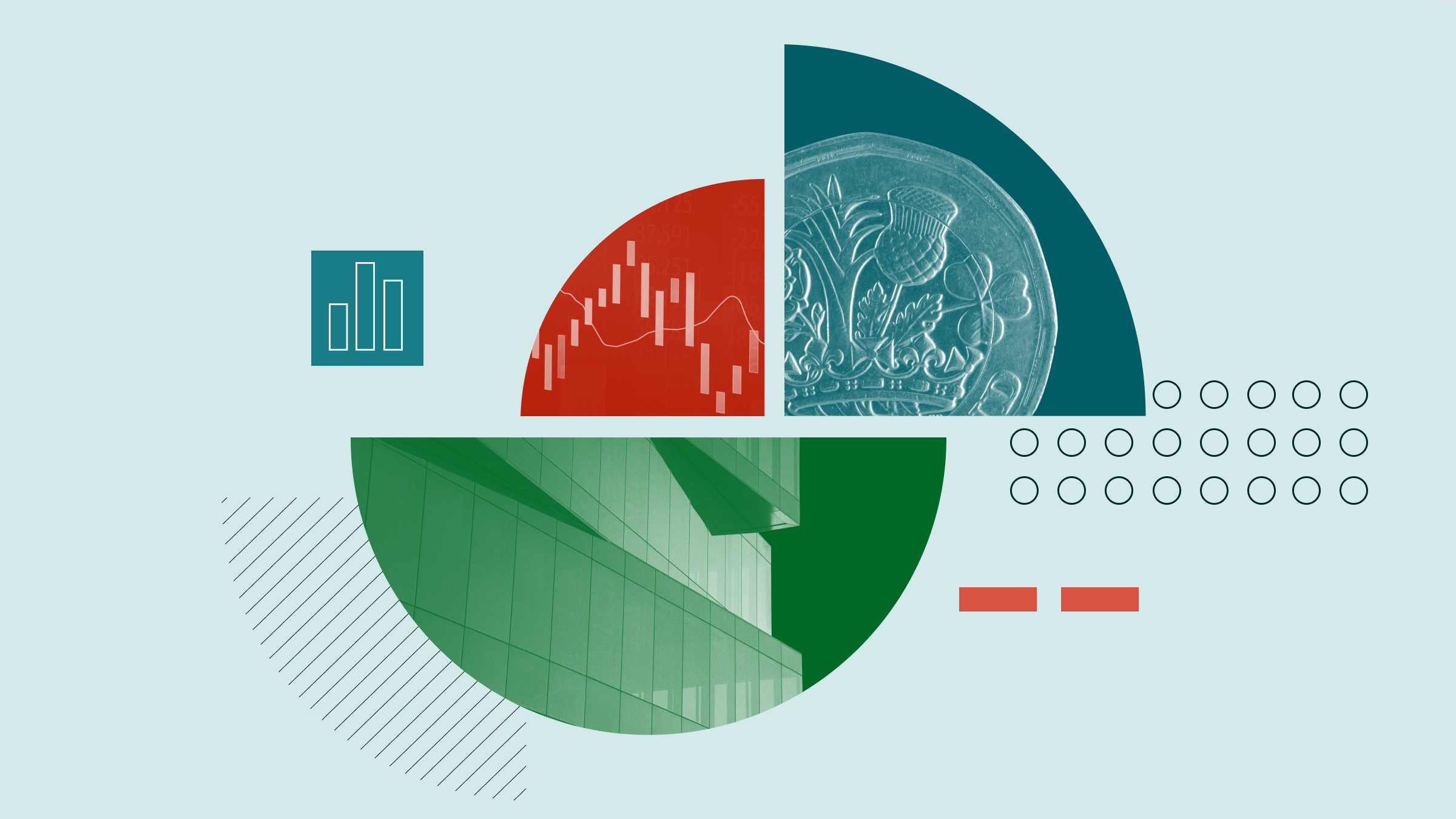
If they’re maintained, the tariff hikes announced April 2 represent a self-inflicted economic catastrophe for the US.
As of now, we’ve reduced our real GDP growth forecasts over 2025-29 by a cumulative 1.1 percentage points. The short-term impact is more severe, with 2025 coming down by about 0.7 points and 2026 down by 0.9 points. There is some possibility of catchup growth in 2028 and 2029, owing to the probability that tariffs are lifted and the alleviation of uncertainty.
US GDP Forecasts
Source: Morningstar. Data as of 04/04/2025.
Recession risk has vaulted, standing at perhaps 40%-50% over the next 12 months. But a recession can be purely short-run pain. If the tariffs hikes are maintained, they will permanently reduce US real GDP and hence real living standards for the average American.
We’ve also upped our forecast for inflation based on the Personal Consumption Expenditures Price Index to 3.3% in 2025 (up 0.9 percentage points) and 2.6% in 2026 (up 0.7 percentage points).
The announced tariffs far exceed what we incorporated into our last published economic forecast. Of course, only the tariffs that stick around really matter. But, contrasting with what we saw with Canada and Mexico a month ago, we see little reason to expect a quick alleviation of these hikes. They might be whittled down a bit, but there’s no clear path to removing the bulk of them.
US Average Effective Tariff Rate (%)
Source: Bureau of Economic Analysis, Morningstar. Data as of 04/04/2025.
As of everything announced on April 2, the average US tariff rate stands at around 25.5%, up 23 points from 2024. That’s the highest tariff rate in over a century for the United States. Given that the global economy is far more interconnected than a century ago, this is truly unprecedented.
Our expectation for the average tariff rate falls by the end of 2025 to 18% and drops further in coming years. On net, there will probably be more exemptions than escalation, and there’s always the probability that Trump will abruptly change his mind. Over 2026-29, the cumulative toll of economic misery and likely Republican Party election losses further adds to the probability that tariffs are brought down. But much of the damage will remain.
Previously, we had seen tariff threats as largely a means to push through various geopolitical goals, like during Trump’s first administration. The first few months of his second term seemed to conform to this; tariffs were implemented on Canada and Mexico for a few days, but quickly rescinded after he deemed concessions had been made around border security and other issues.
But on April 2, Trump’s rhetoric was purely mercantilist. He is determined to use tariffs to quash the US trade deficit and revive the country’s manufacturing dominance to its historical heights. As he reminded us, he’s harbored this vision since the 1980s. In contrast to his first administration, he’s now surrounded by personnel who bow to this vision. Thus, we now think tariffs are here for the long haul.
The impact on inflation and monetary policy, along with the impact on short-run GDP (distinct from long-run GDP) will depend on a slew of other factors. Namely, will the tariff revenue be recycled as tax cuts? This wouldn’t mitigate the deleterious impact on economic efficiency (and hence long-run GDP), but it would reduce the demand-side hit, thereby reducing recession risk.
Uncertainty among businesses and consumers is reaching a fever pitch, which will weigh on spending independently of the direct impact of the tariffs. Because of that, the contraction in demand could actually exceed the disruption to supply (in the short run), making the tariff shock more recessionary than inflationary.
On the flip side, if all of the tariff revenue is used for new tax cuts, that would be much more inflationary, since the demand side of the economy would be better supported.
In terms of monetary policy, tariff hikes without more tax cuts and uncertainty suppressing spending would call for more interest rate cuts compared with the baseline. But if the tariff shock is more inflationary, the Fed could be forced to put rate cuts on hold for an extended period.
The author or authors do not own shares in any securities mentioned in this article. Find out about Morningstar's editorial policies.























